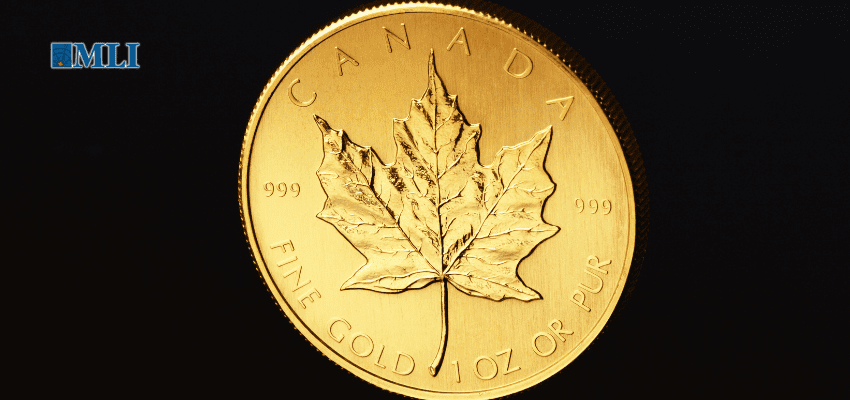This article originally appeared in the Globe and Mail.
By Heather Exner-Pirot, May 6, 2025
The Trump administration has thrown the global financial system into chaos with its tariff threats. Few sectors have been spared, save one: gold.
The precious metal has emerged as a preferred safe haven for investors. Gold has been regularly hitting record prices, including new highs last month of US$3,500 an ounce.
Canada, as the world’s fourth largest producer of gold, has benefited from this trend. For several months now, the commodity has surpassed passenger vehicles as the country’s second largest export. In December, Canada’s monthly mineral product exports hit the $10-billion mark for the first time ever, with gold accounting for more than half.
Much of the talk in mining for the past few years in Canada has focused on critical minerals. The federal government’s list of 34 such commodities, designated owing to their importance to supply chains, energy technologies or national security, does not include gold, which is primarily used to make jewellery or stored as bars in bank vaults.
The designation imparts tax benefits, access to funding and a streamlined regulatory process. Gold shouldn’t be left out.
The commodity has been one of few bright spots in Canada’s mining sector. While many critical minerals flounder – pressured from Chinese competition and market manipulation – gold is flourishing, its market too big and supply chain too diverse to be controlled.
The last four new mines to open in Canada were for the commodity; the next, B2B Gold Corp.‘s Goose Project in the West Kitikmeot region of Nunavut, is expected to have its first production this quarter. Of Natural Resources Canada’s list of top 100 mining exploration projects, more than half (52) are for gold.
Although politicians talk about the Ring of Fire almost incessantly, it’s not chromite that is attracting most investors. Of Ontario’s 36 operating mines, half are gold. Battery metals may be the main topic of conversation, but gold pays the bills.
Aside from its high price, one reason gold is popular to mine in Canada is because it does not require the same level of capital expenditure, infrastructure or level of processing that metals such as nickel, copper, zinc or iron require. That means it is more accessible for remote regions than commodities that depend on high shipping volumes.
The Goose mine will become the eighth mine currently operating in the Canadian territories. Half of those are for gold and three for diamonds, products with such a high weight-to-value ratio that you can fly them to market and avoid the need for expensive ports or railroads.
Out of this paradigm has emerged a juggernaut: Agnico Eagle Mines Ltd. Eagle. Established in 1957, it’s now the largest Canadian mining company by market capitalization and a global leader in Arctic mining. It has seven gold mines in Canada, as well as ones in Australia, Finland, the U.S. and Mexico.
The surge in gold prices has propelled it up rankings such that depending on daily market fluctuations it has even surpassed Canada’s biggest oil and gas producer, Canadian Natural Resources, in value. The country currently hosts five of the world’s top 10 gold miners.
Heavy is the head that wears the crown. Competitive gold mining companies and strong commodity prices have been a boon for Canadian economy, providing their own kind of hedge against global financial turmoil. They’ve done so without policy attention or favour.
This is a pattern in this country, matching former U.S. president Ronald Reagan’s observation that government tends to tax the successful business and subsidize the struggling ones. Imagine if we bolstered our successful businesses as well.
If there is no economic rationale to exclude gold from critical mineral exploration tax credits and streamlined regulatory processes, neither is there a policy one. Gold is a first mover in the exploration and mining space, and its success can pave the way for others to then crowd in: building infrastructure, developing a labour force and supporting a contractor ecosystem. It reduces barriers for other miners to enter into a region.
Gold is an economic engine for Canada right now, bringing in revenue and foreign exchange, while facilitating development in the North. You could go so far as to say it is critical. No other product in Canada faces as great an imbalance between its economic importance and the policy attention it receives.
Heather Exner-Pirot is the director of energy, natural resources and environment at the Macdonald-Laurier Institute.






